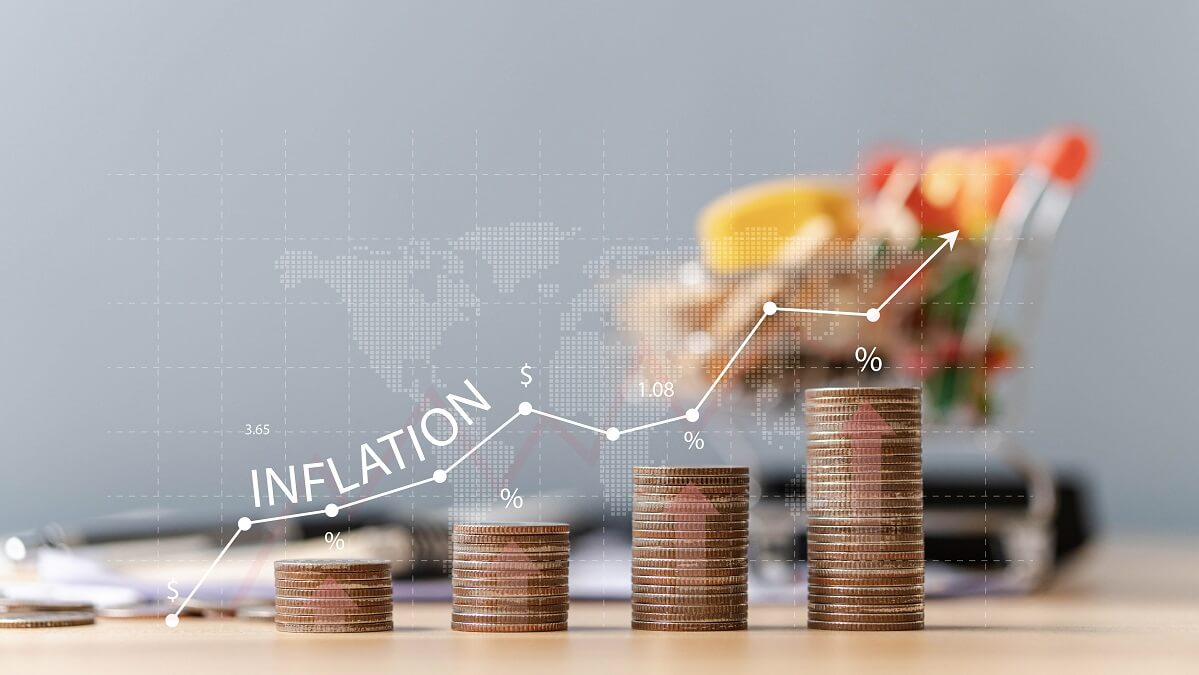Inflation has come in higher than expected, increasing the chances of another Reserve Bank interest rate rise next month.
The official Consumer Price Index from the Australian Bureau of Statistics (ABS) jumped 7.8 per cent over the year to December.
Economists were generally tipping a 7.5 per cent annual increase in prices, although the RBA had expected an 8 per cent rise in its most recent forecasts from November.
The crucial trimmed mean inflation figure — which excludes the most volatile price moves and is targeted by the central bank — came in at 6.9 per cent for the year to December. Crucially, this is above the 6.5 per cent the RBA had expected.
The market odds for another official interest rate rise next month jumped from around 55 per cent immediately before the data release to more than 70 per cent shortly after, according to Refinitiv data.
The biggest price rises for households over the past three months of last year were for domestic holiday travel and accommodation (up 13.3 per cent), electricity (up 8.6 per cent) and international travel (up 7.6 per cent).
“Strong demand, particularly over the Christmas holiday period, contributed to price rises for domestic holiday travel and international airfares,” said Michelle Marquardt, head of price statistics at the ABS.
“The rises seen for domestic and international travel were notably higher than historical December-quarter movements.”
Meanwhile, consumers in Western Australia felt the full force of electricity price hikes this quarter after a government subsidy blunted bill shock in the three months to September.
“The main factor influencing the rise in electricity prices was the unwinding of the $400 electricity credit offered by the Western Australian government to all households last quarter,” Ms Marquardt added.
“This was partially offset by the ongoing impact of the Queensland government’s $175 Cost of Living rebate from September 2022, and the introduction of the Tasmanian government’s $119 Winter Bill Buster electricity discount for concession households.”
Other big price rises over the quarter included recreation and culture (+5.4 per cent), clothing and footwear (+2.6 per cent), and insurance and financial services (+2 per cent).
Over the past year, housing (+10.7 per cent), food (+9.2 per cent), and recreation and culture (+9 per cent) had the steepest price increases.
The 9.2 per cent rise in food costs neatly matches a study into prices at the two major supermarkets, Woolworths and Coles, released by investment bank UBS earlier this week.
 © 2020 Australian Broadcasting Corporation. All rights reserved.
© 2020 Australian Broadcasting Corporation. All rights reserved.
ABC Content Disclaimer


Wow, another RBA interest rate rise, which means another rise in Mortgage Repayment Rates.
So far my Mortgage Repayment Rate has gone up by just over 10% per month !!!
My income has only gone up by 3.6% (in total), Therefore I, like many others. am going financially Backwards.
Increases in income DO NOT cover the Increases in Outgoings !!!!
EG: I am about to pay the first installment of the Mortgage rate rise as a result of the RBA Rate Rise in December !!
Which means that I. like many others, are always playing catchup, and always behind the Eight Ball, and A:WAYS Going Backwards !!!